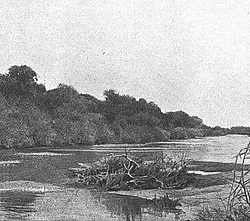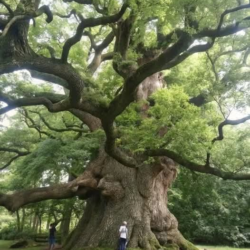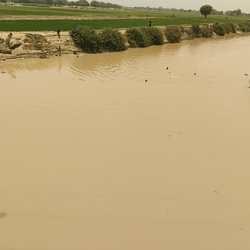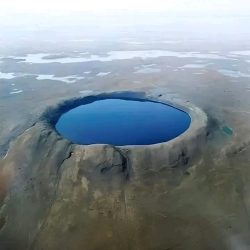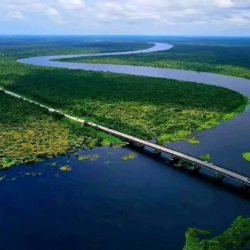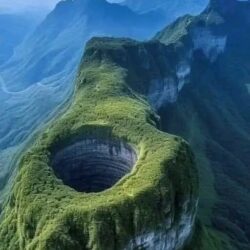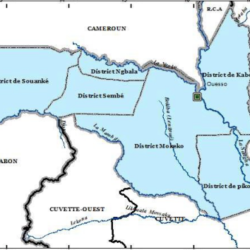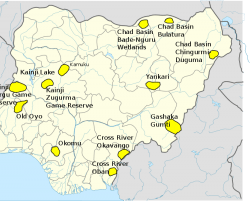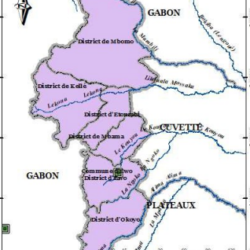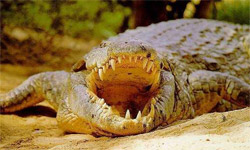Located in the western part of Heilongjiang Province, Zhalong Nature Preserve is a globally significant inland wetland ecosystem. Known for its ecological richness and pristine freshwater marshes, it plays a vital role in global biodiversity conservation. Established in 1979, it has since grown into the world’s largest habitat for wild red-crowned cranes and serves as a vital stopover for migratory birds journeying from the Arctic to Southeast Asia.
Geographic and Ecological Overview
Location and Size
Zhalong is situated in the Songnen Plain, occupying more than 2,100 square kilometers. This protected wetland area includes freshwater marshes, reed swamps, streams, and ponds that are essential for sustaining diverse wildlife populations.
Climate and Hydrology
The reserve experiences a temperate continental monsoon climate, characterized by cold, dry winters and hot, humid summers. Water inflow comes from the Wuyuer River and seasonal meltwater, creating ideal conditions for wetland habitats. Water levels vary throughout the year, helping to maintain the natural balance required by marshland species.
History and Establishment
Creation of the Reserve
Zhalong was designated as a national nature reserve in 1979 in response to declining crane populations and environmental degradation. The move aimed to protect the region’s wetlands and its unique flora and fauna, especially the endangered red-crowned crane.
Evolution Over the Decades
Over time, the reserve has evolved into a hub for eco-tourism, research, and environmental education. The local government and conservation organizations have made consistent efforts to enhance habitat protection, monitor wildlife populations, and involve local communities in conservation initiatives.
Biodiversity in Zhalong
The Iconic Red-Crowned Cranes
Zhalong is famously referred to as the “hometown of red-crowned cranes.” These elegant birds are symbols of longevity and fidelity in Chinese culture. As of recent surveys, over 300 wild red-crowned cranes use the wetland for breeding and feeding. The reserve has implemented captive breeding programs to bolster their numbers further.
Other Bird Species
The reserve supports over 290 species of birds, including the white-naped crane, hooded crane, Oriental stork, and whooper swan. Its strategic location makes it a crucial resting and refueling site for migratory birds along the East Asian–Australasian Flyway.
Flora and Other Fauna
Zhalong’s wetlands are dominated by reed beds (Phragmites australis), which play a pivotal role in water purification and habitat structure. The area is also home to over 40 species of fish, several amphibians, and mammals such as the Siberian roe deer and raccoon dog.
Conservation and Environmental Efforts
Habitat Restoration Projects
Conservation efforts include re-watering dried marshes, reinforcing embankments, and planting native vegetation. Anti-poaching patrols and drone surveillance help deter illegal hunting and logging activities.
Protected Area Designation
Zhalong was recognized as a UNESCO Biosphere Reserve in 1992 and listed as a Ramsar Wetland of International Importance. These designations have elevated its profile, attracting global support for research and conservation.
Scientific Research and Education
Research Initiatives
The reserve supports long-term ecological monitoring and ornithological research, including satellite tracking of migratory routes and breeding behaviors. Collaboration with international NGOs ensures the adoption of best conservation practices.
Public Awareness and Education
Zhalong runs multiple education programs for students and tourists. It features visitor centers, interpretive trails, and observation towers. These activities raise awareness about wetland conservation and the importance of protecting endangered species.
Tourism and Visiting Tips
When to Visit
The best time to visit Zhalong is from April to October, particularly during spring and autumn migrations. Summer is ideal for observing crane families and enjoying the blooming wetlands.
Attractions and Activities
Tourists can enjoy birdwatching from high platforms, guided nature walks, and boat tours through the reed marshes. Interactive exhibits at the education center offer deeper insight into wetland ecology.
Travel and Accommodation
Zhalong is accessible from Qiqihar City, around 30 km away. Visitors can reach the reserve by road or train. Several eco-lodges and hotels are available nearby, catering to both budget and luxury travelers.
Challenges and Threats
Environmental Pressures
Like many wetlands, Zhalong faces threats from climate change, which alters water availability and temperature patterns. Periodic droughts and shifts in precipitation impact the region’s hydrology.
Human Impact
Urbanization and agricultural runoff have led to pollution and encroachment into the buffer zones. Increased tourist activity also raises concerns about habitat disturbance.
The Future of Zhalong
Ongoing Initiatives
Zhalong’s management has partnered with organizations like WWF and the East Asian–Australasian Flyway Partnership to enhance conservation capabilities. Water diversion projects and eco-farming are being tested to restore degraded areas.
Hopes for Sustainable Development
The reserve is embracing eco-tourism as a sustainable development strategy that balances ecological protection with local economic benefit. Community participation is being encouraged to reduce conflict and enhance stewardship.
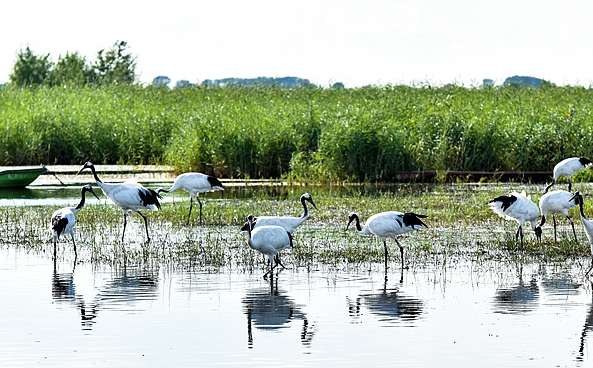
Zhalong Nature Preserve is not only a sanctuary for some of the world’s most threatened bird species but also a vital ecological treasure that underscores the importance of wetland conservation. Its continued survival depends on global awareness, scientific intervention, and sustainable local engagement.
FAQs
1. Why are red-crowned cranes so important in Chinese culture?
They symbolize longevity, fidelity, and peace. Often featured in Chinese art and mythology, they are revered as sacred birds.
2. What makes Zhalong ideal for migratory birds?
Its freshwater marshes, food availability, and relative isolation offer perfect stopover conditions during long migratory journeys.
3. Is Zhalong Nature Preserve open year-round?
Yes, but the best viewing seasons for birds are spring (April-May) and autumn (September-October).
4. Are there any volunteer programs at Zhalong?
Some NGOs and research stations offer volunteer and internship opportunities in bird monitoring and eco-education.
5. How is the reserve funded?
Funding comes from the Chinese government, international conservation organizations, tourism revenue, and research grants.



